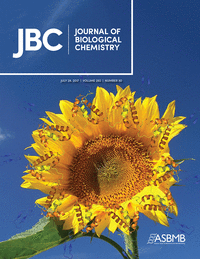 A subject in a documentary film about the psychology of religious ideation has pushed the BMJ to take down its review of the film, based on a complaint citing a European internet privacy rule.
A subject in a documentary film about the psychology of religious ideation has pushed the BMJ to take down its review of the film, based on a complaint citing a European internet privacy rule.
On July 3, BMJ posted a retraction notice for an article that barely said anything:
This article has been retracted by the journal following a complaint.
The 2002 article is a review of a documentary film entitled “Those Who Are Jesus,” directed by Steven Eastwood, a British filmmaker. The review has been removed from the BMJ site, as well as PubMed.
BMJ told Retraction Watch that it took down the film review in response to a European citizen exercising his or her “right to be forgotten,” an internet privacy idea that, according to the European Union, ensures:
Continue reading “Right to be forgotten” takes down BMJ’s 15-year-old film review
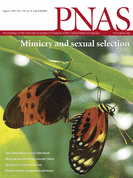 A once-prominent researcher in the field of infectious disease — who was found
A once-prominent researcher in the field of infectious disease — who was found 

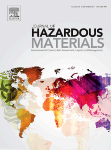

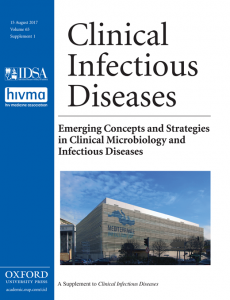 Post-publication peer review isn’t just for scientists. Newspaper reporters can help correct the scientific record, too.
Post-publication peer review isn’t just for scientists. Newspaper reporters can help correct the scientific record, too. 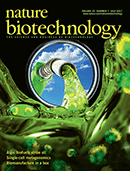 The author of a 2016 paper describing a potentially invaluable lab tool has retracted it, following heavy criticism from outside groups that could not reproduce the findings.
The author of a 2016 paper describing a potentially invaluable lab tool has retracted it, following heavy criticism from outside groups that could not reproduce the findings.